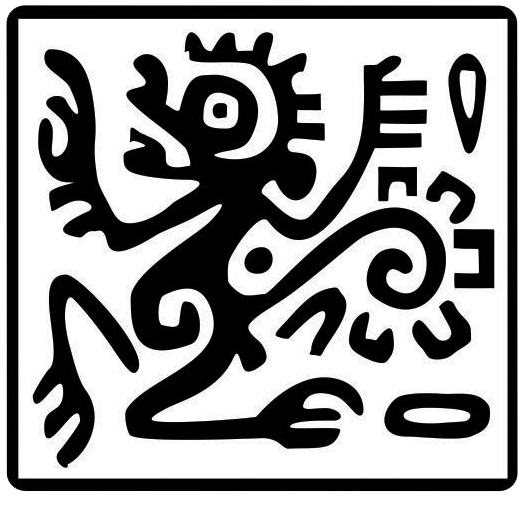Molecular detection of Trypanosoma cruzi in Mus musculus in a rural town in Mérida, Yucatán, México
Abstract
American trypanosomiasis is a disease caused by the protozoan Trypanosoma cruzi and affects approximately 6 million people in the Americas. Commensal rodents are a food source for the vector and potential reservoirs of T. cruzi. The objective of this study was to estimate the prevalence of T. cruzi in commensal rodents that inhabit the rural town of Molas, Yucatán, México. Rodents were captured in households using Sherman traps. DNA extracted from heart samples from the captured rodents was used to detect T. cruzi using a PCR test. The prevalence of T. cruzi was compared by considering the sex and age of the rodents with the Chi-square test. A total of 114 Mus musculus mice were captured. The prevalence of T. cruzi was 21.1 % (n = 24) in the individuals examined. The comparison of the prevalence of T. cruzi between males and females and between adults and juveniles of M. musculus did not show statistically significant differences (P > 0.05). The prevalence of T. cruzi in M. musculus was high compared to other previous studies in México, and infection was observed regardless of rodent sex and age. These results show that M. musculus participates in the biological cycle of T. cruzi at Molas. Further studies are needed to understand the type of involvement (e.g., reservoir) of these rodents in the transmission dynamics of this parasite.
Copyright (c) 2024 Therya Notes

This work is licensed under a Creative Commons Attribution-NonCommercial-NoDerivatives 4.0 International License.
THERYA NOTES is based on its open access policy allowing free download of the complete contents of the magazine in digital format. It also authorizes the author to place the article in the format published by the magazine on your personal website, or in an open access repository, distribute copies of the article published in electronic or printed format that the author deems appropriate, and reuse part or whole article in own articles or future books, giving the corresponding credits. The Creative Commons CC BY-NC-SD license is used.![]()









